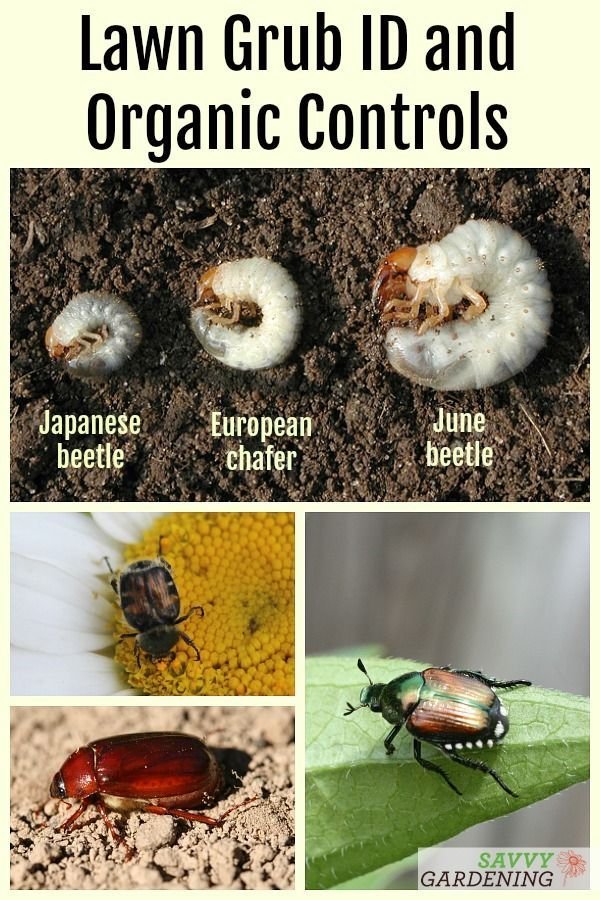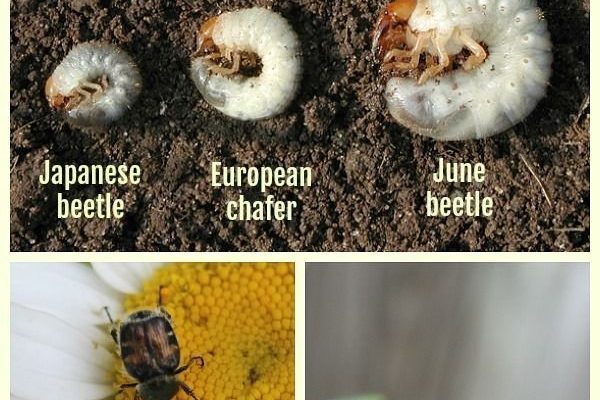
Grub worms, primarily the larvae of beetles, often go unnoticed until their population peaks. They can be like the background soundtrack of your garden—present, but not always in the spotlight. However, when they start feasting on the roots of your plants, you might feel like the flowers are losing the battle. So, let’s break down what grub worms are, how they affect your flower beds, and what steps you can take to manage them effectively.
What Are Grub Worms?
Grub worms are the larvae of certain beetles, like **Japanese beetles** and **June bugs**. These little guys start their lives as tiny eggs laid in your soil, often in late spring to early summer. Once they hatch, they begin their underground lifestyle, feeding on roots and organic material. Visually, they’re typically off-white, with a C-shaped body, and can grow up to an inch long.
As they develop, that innocent-looking form can wreak havoc on your garden. Imagine that they’re like teenagers raiding the fridge late at night—they don’t think much about the consequences of their snacking. In your flower beds, grub worms can damage the roots of plants, leading to wilting, yellowing, and eventually, death.
Here’s the thing: not all grubs are harmful. Some may even improve soil health by breaking down organic material. However, in high numbers, they can become a significant problem for your flowers.
How Do Grub Worms Affect Flower Beds?
Grub worms can be a garden’s worst nightmare if they decide to make a feast of your flower beds. Their main diet consists of roots, which means they can create a domino effect of problems for your plants. As they munch their way through the roots, they disrupt the plant’s ability to absorb water and nutrients. This can lead to visible signs of distress in your flowers, like drooping leaves or stunted growth.
Additionally, healthy plants generally can withstand a certain level of damage from grubs. However, if you already have stressed plants due to drought or disease, the presence of grubs can push them over the edge. It’s similar to being already low on energy; a little push might send you crashing down!
Another aspect to consider is that grub worms can attract other pests. Birds and mammals often dig around in the soil to feast on these larvae, which can lead to further damage to your flower beds. So, not only are grubs a threat themselves, but they may also open the door for additional trouble.
Identifying Grub Worm Damage
Now that you know what grub worms are, how do you identify if they’re causing issues in your flower beds? First, look for signs of wilting or yellowing leaves. If your flowers seem droopy but the soil is moist, it could indicate that grubs are munching at their roots.
Another sign to keep an eye out for is patches of dead grass or flowers. This can be particularly telling in a garden where you know all the plants were thriving a few days ago. You might also notice increased digging or foraging activity from birds—often a good indicator that something tasty is lurking below.
To confirm suspicions, you can gently dig into the soil around affected plants. If you find small, C-shaped grubs, you’re likely dealing with a grub issue. Remember, though, to handle your plants carefully; you don’t want to further stress them out while investigating.
Managing Grub Worm Populations
If you’ve determined that grub worms are indeed present in your flower beds, you might be worried about how to tackle them. Fortunately, there are several strategies you can use to manage their population effectively.
1. **Cultural Practices:** Sometimes, a simple change in care techniques can make a difference. For instance, regularly *aerating* your soil can disrupt the lifecycle of grubs. Improving drainage can also create an environment that’s less favorable for them.
2. **Encourage Beneficial Insects:** Not all bugs are bad, and some beneficial insects, such as nematodes, can help control grub populations. You might think of them as the garden’s secret agents, quietly working to keep harmful pests in check.
3. **Pesticides:** If the problem escalates, you might want to consider using chemical treatments. There are specific pesticides designed to target grub worms without harming your flowers. Always read labels and apply as directed—after all, you want to help your garden, not harm it further!
4. **Hand Removal:** If you have a small area or just a few grubs, you can remove them by hand. It’s a bit of a gross task, but think of it as a pest elimination adventure. Just remember to wear gloves and dispose of them far away from your flower beds.
Preventing Grub Worm Infestations
Prevention is often the best medicine when it comes to grub worms. Here are some proactive steps you can take to keep them at bay:
– **Monitor Soil Quality:** Healthy soil is less attractive to pests. Regularly amending your soil with organic matter can promote a balanced ecosystem that’s inhospitable to grubs.
– **Plant Variety:** A diverse garden can confuse pests, so consider mixing your plant types. This makes it harder for grubs to establish stronghold areas.
– **Regular Maintenance:** Regularly check your plants for early signs of grub presence. Maintaining a vigilant eye can help you catch any issues before they become full-blown problems.
– **Water Wisely:** It might sound simple, but proper watering techniques can make a difference. Avoid overwatering, which can create a lush environment for grubs to thrive.
When To Call In the Professionals
If you’re facing a significant infestation and your flowers are suffering, it might be time to call in professional help. Pest control experts can assess the situation and provide targeted solutions. They often have access to tools and treatments that aren’t available to the general public.
Plus, they can help you understand the root causes (no pun intended!) of your grub issue. You might find that while grubs are causing visible damage, other underlying issues need addressing. Sometimes, it’s all about looking at the bigger picture.
Final Thoughts
Understanding whether grub worms are harmful to your flower beds is essential for any gardener. While they can pose a serious threat to your plants, being informed about their lifecycle, signs of damage, and management strategies can keep your garden thriving.
Remember, it’s not just about fighting off these little pests, but about nurturing your plants and ensuring they get the care they need. With the right approach, you can enjoy a beautiful, healthy flower bed without the worry of grub worms sneaking in for a snack. Happy gardening!

